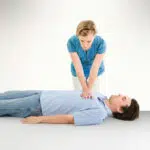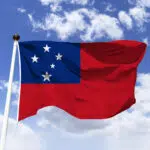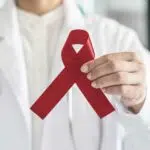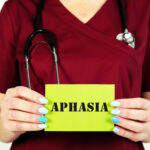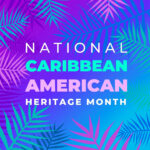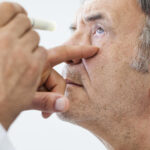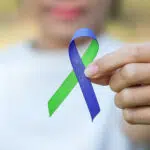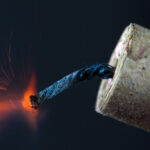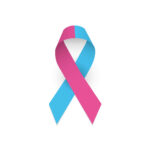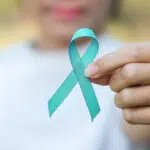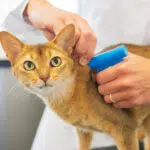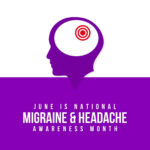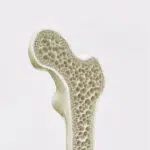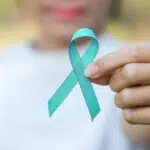National CPR and AED Awareness Week runs from June 1 to 7 and aims to stress the importance of these actions to as many people as possible. Learning and mastering cardiopulmonary resuscitation (C.P.R.) techniques and automated external defibrillator (A.E.D.) use so that they can become lifelines for those who have experienced sudden medical emergencies is an honorable thing to do. The campaign also places importance on the actions of bystanders in helping deal with such emergencies, and the knowledge of these methods.
History of National CPR and AED Awareness Week
National CPR and AED Awareness Week was first initiated in 2007, following a partnership between the American Red Cross, the American Heart Association, and the National Safety Council to highlight the importance of learning C.P.R. and A.E.D. techniques to save lives.
Knowing C.P.R. techniques or how to properly use A.E.D.s can be the difference between life and death for those who have experienced sudden medical emergencies. It only takes up to four to six minutes without oxygen for the brain to experience damage, therefore the time of response, and proper execution of these measures, are crucial in potentially saving many lives around the world. Both actions should be performed only if a patient is proven to be non-responsive and stopped breathing.
C.P.R. and A.E.D.s are useful in helping people who have suffered ailments such as cardiac arrests, asthma attacks, diabetes, strokes, and allergic reactions. The Sudden Cardiac Arrest Foundation notes that up to 356,000 cardiac arrests happen in the U.S. annually, with 90% of them fatal, and can take place anywhere, meaning that the more people who know C.P.R. are around, the better. Several states have also made it mandatory for workplaces to have A.E.D.s around for possible emergencies.
Waiting for emergency medical service workers (E.M.S.) to arrive at the scene and deal with the matter will take time. If you or someone around you knows C.P.R. or how to operate a defibrillator, it can make an important difference for the patient. You would be surprised at the willingness of strangers to come help when someone is experiencing a medical emergency, and you can be one of them. It’s never pleasant seeing someone at the cusp of death, and so, the actions of C.P.R.-trained individuals can help prevent emergencies from getting worse. All it takes is a willingness to learn how.
National CPR and AED Awareness Week timeline
The first A.E.D. machine is invented by William Kouwenhoven.
Peter Safar and James Elam comes up with the first mouth-to-mouth resuscitation technique, which develops into the modern C.P.R. method in 1960.
American doctor Leonard Cobb holds the first mass civilian C.P.R. training event in Seattle, teaching the C.P.R. technique to 100,000 people in the program's first two years.
The U.S. Congress officially declares June 1 to June 7 National CPR and AED Awareness Week, following a suggestion from the American Red Cross, the American Heart Association, and the National Safety Council.
National CPR and AED Awareness Week FAQs
How many times do you perform C.P.R. before an A.E.D. is required?
One C.P.R. cycle comprises 30 chest compressions and two rescue breaths, with one cycle taking around two minutes. An A.E.D. is required if no response has been given after five cycles. After the A.E.D. is used, continue this process again until either help arrives or if the A.E.D. successfully restores the heart rhythm.
At what rate do you do C.P.R.?
Chest compressions should be done at 100 to 120 beats per minute. Songs such as the Bee Gees’ ‘Stayin’ Alive’ and ABBA’s ‘Dancing Queen’ are widely accepted to have the perfect tempo required for C.P.R.
When should you start administering C.P.R.?
Immediately. Cardiac arrest takes very little time to completely affect the patient, so the small window of time it takes between the attack and C.P.R. administration is crucial. When both C.P.R. and an A.E.D. are used, the cardiac arrest survival rate can improve.
How to Observe National CPR and AED Awareness Week
Learn the technique
You can make a difference by learning the C.P.R. technique yourself. The American Red Cross frequently holds C.P.R. training sessions for those who are interested, and the more people that know C.P.R., the more lives can be saved.
Post important information on your socials
Tell your friends and family about National CPR and AED Awareness Week by posting about the campaign on your social media. Instructional posts on C.P.R. and A.E.D. use are also valuable in spreading the word.
Buy a defibrillator
If you know someone in your home who is at risk of sudden medical emergencies, having a portable defibrillator nearby would help prevent such situations from getting worse. It may not be the cheapest appliance to buy, but its benefits outweigh the cost.
5 Important Facts About Cardiac Arrest
Time is of the essence
A.E.D. usage within the first three minutes of sudden cardiac arrest increases the survival rate by over 80%.
The abnormal heart rhythm
Ventricular fibrillation (V.F.) is the name of the abnormal heart rhythm that usually triggers cardiac arrest.
It is a serious killer
Cardiac arrest globally claims more lives than colorectal cancer, breast cancer, influenza, pneumonia, and influenza combined.
The main differences
The difference between a heart attack and cardiac arrest is that a heart attack happens when the blood flow to the heart is blocked, while cardiac arrest is when the heart stops beating.
It can happen to anyone
Anyone of any age can experience sudden cardiac arrest, with up to 2,000 people under the age of 25 dying each year in the United States because of it.
Why National CPR and AED Awareness Week is Important
It raises awareness
National CPR and AED Awareness Week highlights the importance of knowing C.P.R. techniques and proper defibrillator use. Both techniques, when applied properly, have proven to save many lives over the years.
It spreads knowledge about C.P.R.
Because the month-long campaign focuses on C.P.R. knowledge, it can help increase the number of people who know C.P.R. The campaign can help inspire more people to learn C.P.R., be it by themselves or by attending training sessions.
It highlights community spirit
National CPR and AED Awareness Week also highlights the importance of bystander actions when dealing with an emergency nearby. If a stranger near you is experiencing cardiac arrest or any kind of similar ailment, it is the duty of those around them to help them if they know how to. Doing so will help foster better relations within communities.
National CPR and AED Awareness Week dates
| Year | Date | Day |
|---|---|---|
| 2026 | June 1–7 | Monday–Sunday |
| 2027 | June 1–7 | Tuesday–Monday |
| 2028 | June 1–7 | Thursday–Wednesday |
| 2029 | June 1–7 | Friday–Thursday |
| 2030 | June 1–7 | Saturday–Friday |




